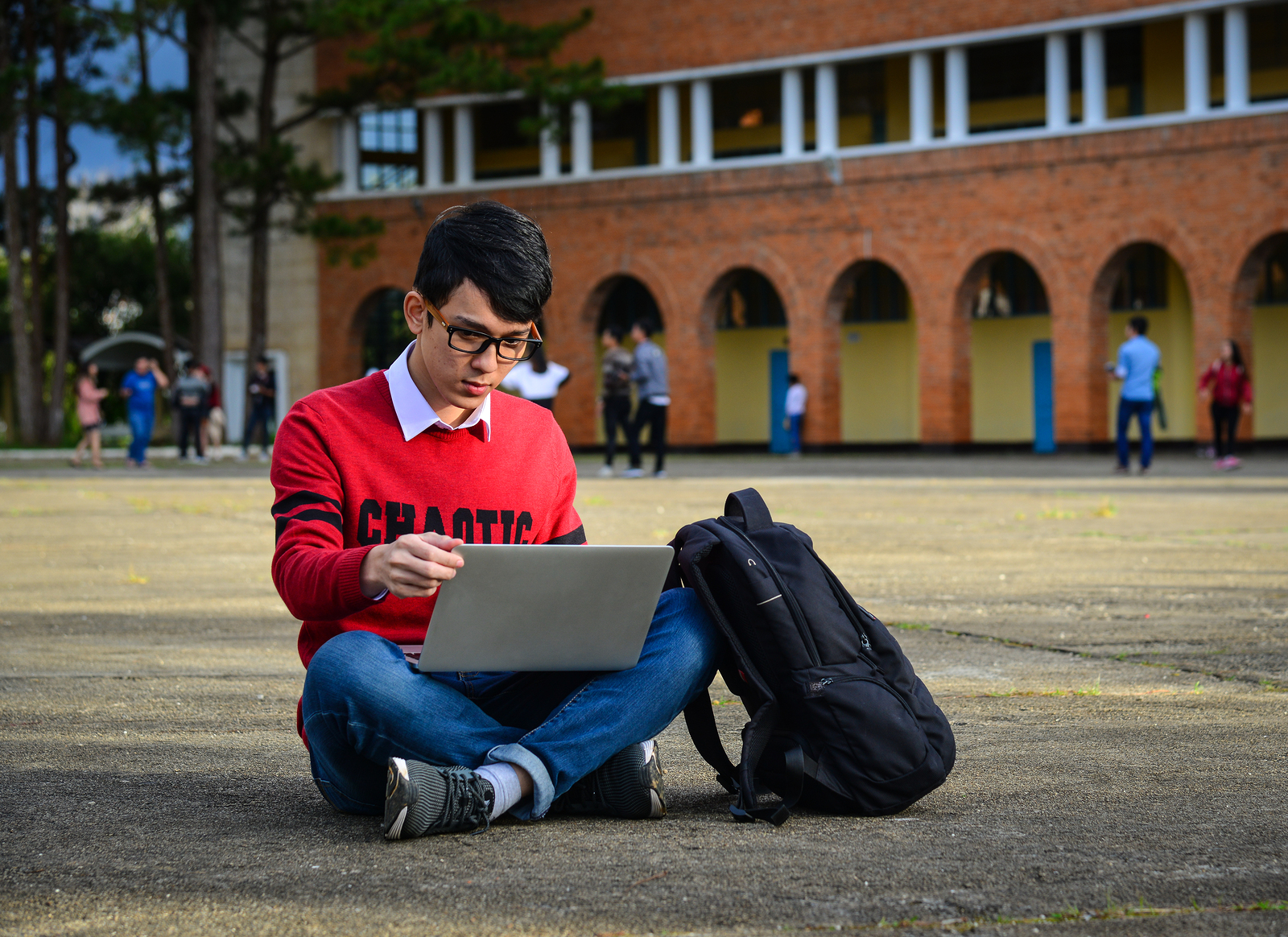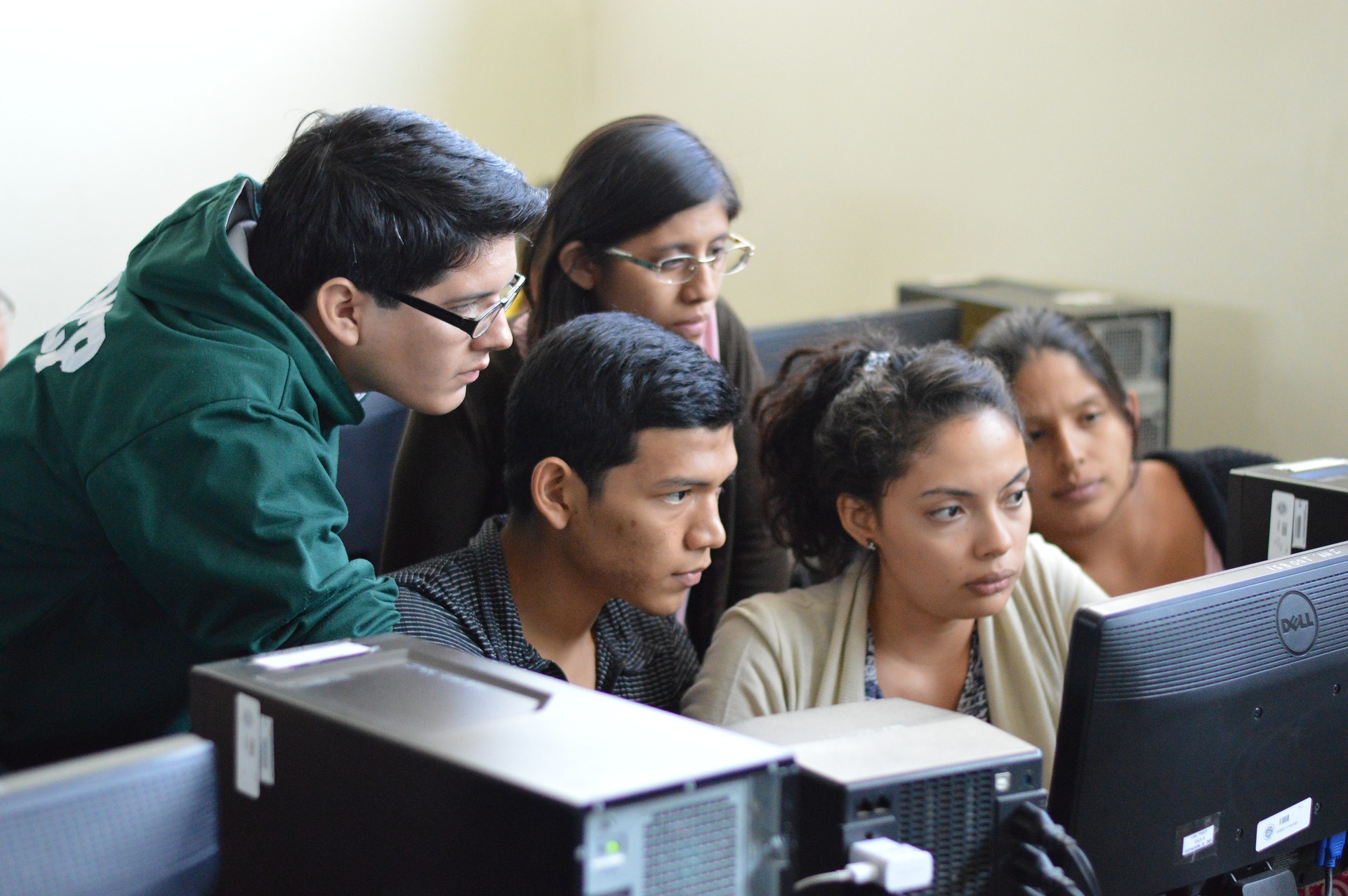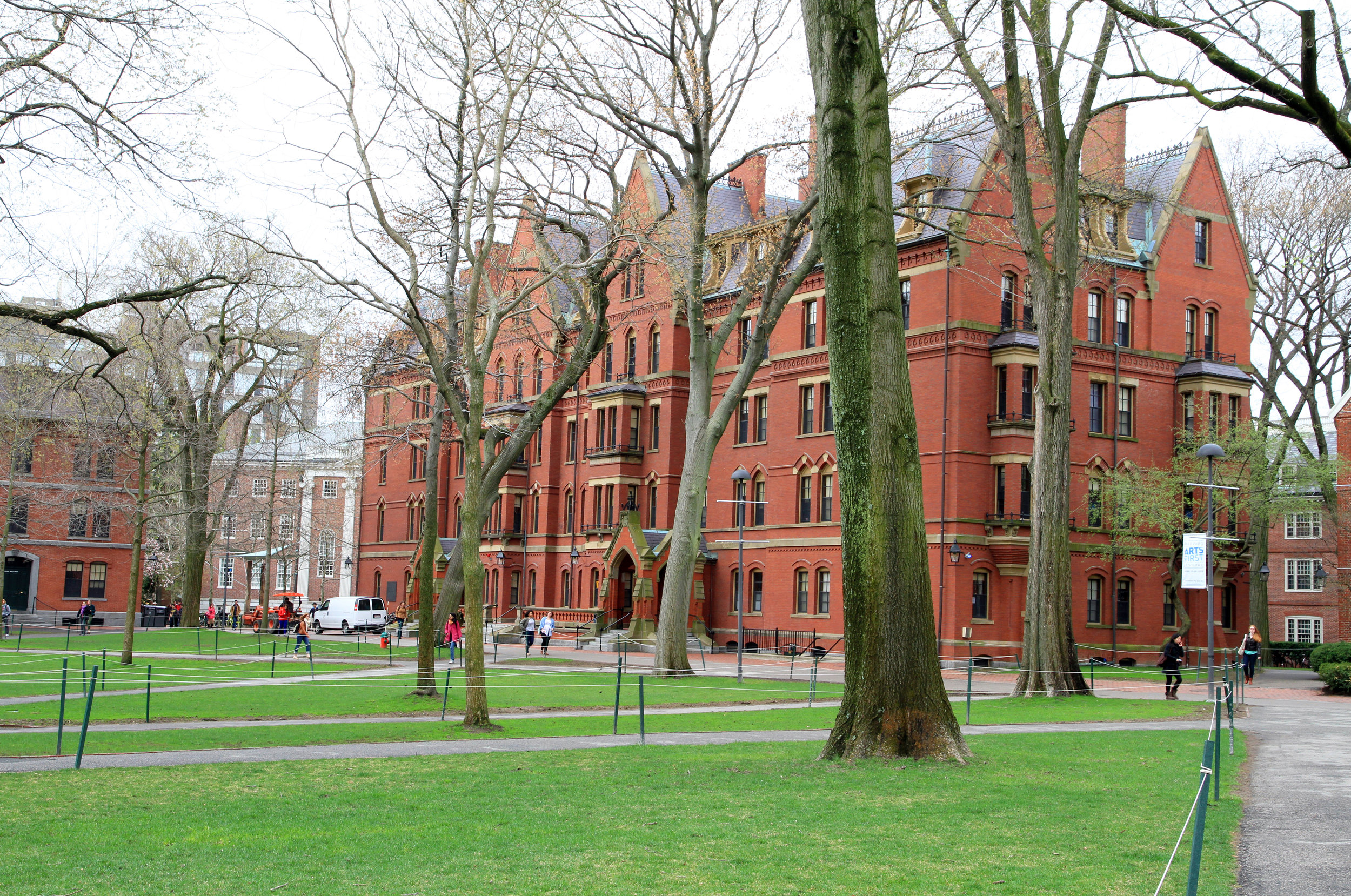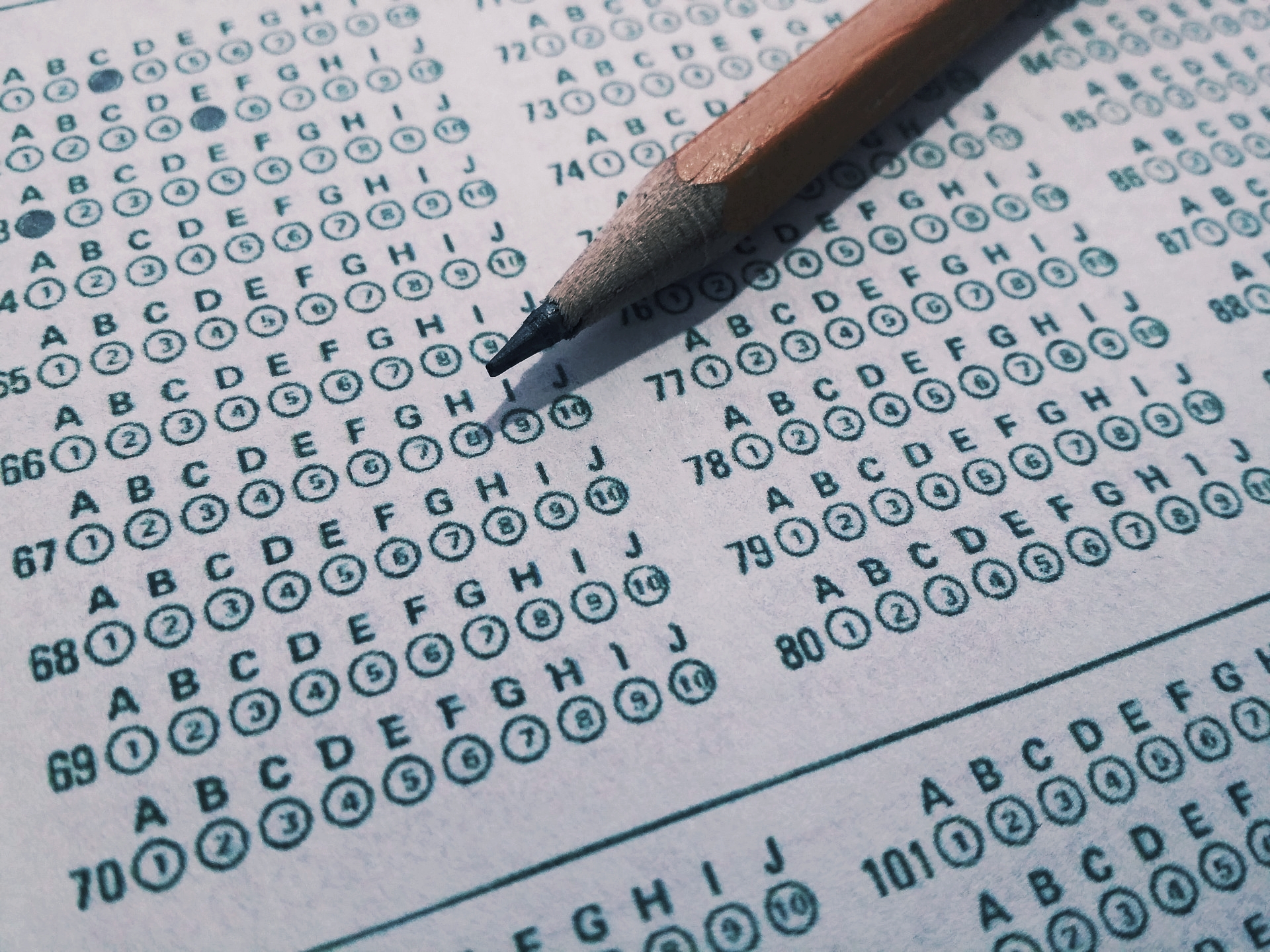Most students engage with news through online discussions, social media, digital newspapers, or through news feeds. Less than half do so on TV, radio or print newspapers.
Image: Bigstock
According to a study, American college students think that news is valuable in their lives, for society, and for democracy; however, they feel lost in an online environment saturated by misinformation.
For university students, the new way of finding out what is happening in their environment is through comments on Twitter, news shared on Facebook profiles, browsing digital newspapers or online discussions with their peers. However, how important is this ocean of information in their lives? How do they navigate among so many news sources?
Project Information Literacy, investigated the points of view of 5844 students from 11 universities in the United States, to identify the role that news plays in their lives, social environment, and political beliefs.
Key takeaways from the study:
-
Young people engage with news in a multimodal way. On a weekly basis, 93% engage with news through discussions with their peers, face-to-face or online; 89% through social media feeds; 76% do so through digital newspapers; 70% get news through their teachers; 55% through news feeds. Unlike in past decades, less than half get the news from TV (45%), radio (37%) and print newspapers (33%).
-
For young Americans, Facebook (71%) is the most relevant social media news source, followed by Snapchat (55%), YouTube (54%), Instagram (51%) and Twitter (42%).
-
Eight out of 10 students agreed that news is necessary for a democracy, but most think that the news they read does not promote justice, and is not accurate or independent.
-
More than two-thirds of respondents say that the large amount of news is overwhelming. Half say that it is difficult to understand what the most important news is.
-
Most respondents point out that to stay up-to-date they must navigate through a minefield of misinformation, fake news, click baits, and political manipulation.
-
Many students seek news on topics that affect them directly, such as traffic and weather (90%), national politics (89%), politic memes (82%), news from their school (81%) or crime and security news (78%).
-
Students share news on social media to inform others because they think that by doing so they have a voice about a bigger cause.
-
Some of the respondents point out that news feeds, such as the “Top Five” of channels like BuzzFeed, are essential to stay up to date.
The way of consuming news has changed. Although there are still old-fashion newspapers, new generations turn to digital media; we used to spend hours watching TV news routinely, while today the news is visual and it is consumed in short fractions of time.
This article from Observatory of the Institute for the Future of Education may be shared under the terms of the license CC BY-NC-SA 4.0 
)
)











)
Paola Villafuerte
Paola Villafuerte
Paola Villafuerte